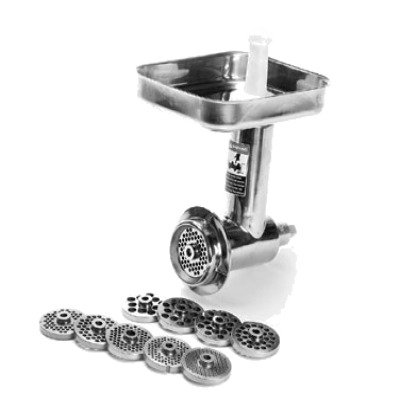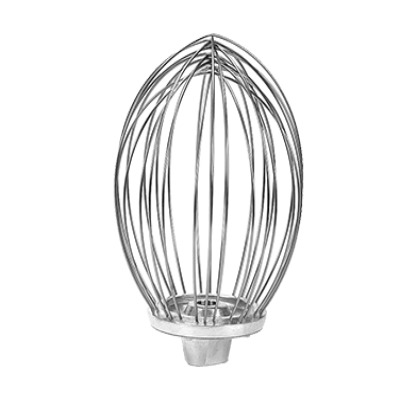Designing an effective cafeteria line for schools and universities requires thoughtful planning to ensure smooth operations, optimal flow, and an enjoyable dining experience for students. A well-designed cafeteria line can promote efficiency, reduce waiting times, and accommodate a large number of diners. In this blog, we'll explore essential considerations when designing a cafeteria line for educational institutions, providing you with insights to create a functional and efficient dining space.
1. Layout and Flow Optimization: Optimize the layout of the cafeteria line to facilitate a smooth flow of students. Consider a logical sequence of food stations, starting from beverages and ending with payment. Plan clear pathways with adequate space for students to move between stations, minimizing congestion and promoting efficient service.
2. Food Station Placement: Strategically place food stations based on popularity and demand. Consider placing high-demand items, such as main courses or salad bars, towards the middle or end of the line to prevent congestion at the beginning. Position self-serve stations and utensils in easily accessible locations to streamline the dining process.
3. Multiple Serving Lines: If the cafeteria caters to a large number of students, consider incorporating multiple serving lines to expedite service. This can reduce waiting times and prevent overcrowding. Divide food stations or themes between the different lines to offer variety and distribute traffic evenly.
4. Display and Signage: Utilize appealing displays and clear signage to guide students through the cafeteria line. Use vibrant and easy-to-read signage to indicate food options, dietary information, and allergen warnings. Include enticing visuals or digital screens to showcase daily specials or promotions.
5. Ergonomic Considerations: Design the cafeteria line with ergonomic considerations in mind. Ensure appropriate counter heights for easy food placement and selection. Optimize the space between food items to allow for convenient access and prevent overcrowding.
6. Efficient Equipment and Serving Ware: Invest in efficient equipment and serving ware that can handle high volumes. Consider durable food display cases, efficient serving utensils, and easy-to-clean trays or plates. Optimize the use of space with stackable or compact storage solutions for trays, cutlery, and condiments.
7. Technology Integration: Consider incorporating technology to streamline the cafeteria line process. Implement self-service kiosks or mobile ordering systems to reduce waiting times and increase efficiency. Utilize cashless payment options or student ID cards for seamless transactions.
8. Sustainability and Waste Management: Promote sustainability by integrating waste management systems into the cafeteria line design. Incorporate clearly labeled recycling and composting stations. Use eco-friendly packaging materials and encourage students to adopt sustainable practices.
Designing an efficient cafeteria line for schools and universities requires careful consideration of layout optimization, food station placement, signage, ergonomics, equipment efficiency, technology integration, and sustainability. By keeping these key factors in mind, you can create a cafeteria line that facilitates smooth operations, minimizes waiting times, and enhances the overall dining experience for students. Remember to prioritize flow, convenience, and sustainability to ensure an effective and student-friendly cafeteria line in educational institutions.




















